SUMMARY
This is AI generated summarization, which may have errors. For context, always refer to the full article.
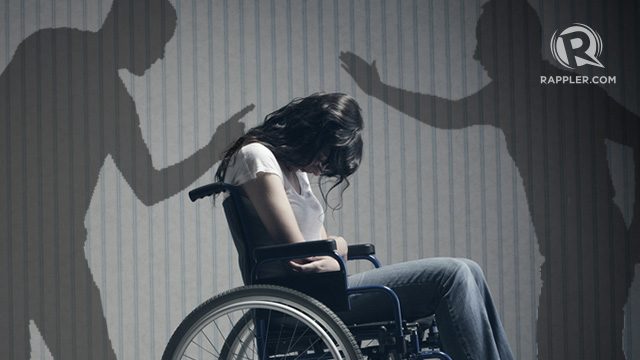
MANILA, Philippines — “Can wheelchairs fit in fire exits?”
This question, unfortunately, is often left unasked until buildings are already constructed or burnt to the ground.
“Even some rescuers admit they don’t know how to respond to persons with disabilities (PWDs),” said Carmen Reyes-Zubiaga, Executive Director of the National Council on Disability Affairs (NCDA). The NCDA is the country’s lead government agency mandated to craft policies and services empowering PWDs.
PWDs include those who “have long-term physical, mental, intellectual or sensory impairments,” according to the UN Convention on the Rights of PWDs. The UN says that governments should make “all necessary measures” to protect PWDs during emergency situations.
Such lapses in infrastructure planning and rescue operations put around 1.57% of the country’s population at risk. As of 2010, there were over 1.4 million PWDs in the Philippines, the latest data from the Philippine Statistics Authority (PSA) showed.
These are not just statistics, but actual lives.
“This sector represents 15% of the world’s population but is often either directly excluded from or isn’t able to benefit from disaster risk reduction and humanitarian response programs,” Klauss Beck, UN Population Fund (UNFPA) country representative, said during World Population Day.
Although stakeholders have long been pushing for more inclusive DRR programs, advocates say the Philippines is yet to shed light on women with disabilities.
There were 709,000 Filipino women with disabilities as of 2010. PWDs “were more likely to be in the ages 5-19 years and 45-64 years,” the PSA observed.
Imagine them during earthquakes, fires, or typhoons: are their needs met?
Left out, left behind
“In reality, we’re not included in DRRM planning,” argued Lalaine Guanzon of the Makati PWD Federation. “We exist. We hope you include us in planning. If there are experts on these programs, it’s us.”
Guazon added that the government did not have any records of how many women with disabilities were affected by Super Typhoon Yolanda (Haiyan) in 2013. “We’re a sector within a sector,” she stressed.
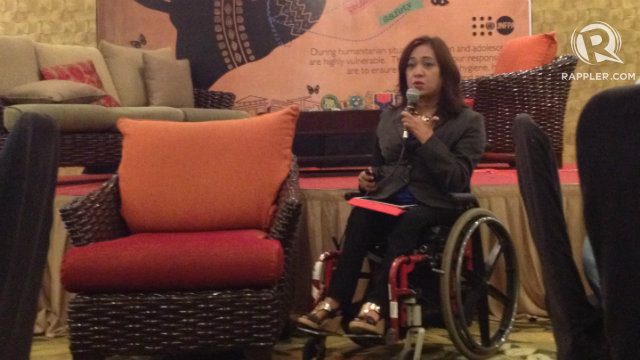
In fact, during typhoons Sendong and Yolanda, Reyes-Zubiaga noted that 80% of PWDs did not receive “appropriate interventions from concerned government agencies” because responders did not know how to respond to PWD needs.
During a workshop conducted by Guazon’s organization, she found that although the Philippine National Police in Makati has several emergency trainings, many lacked PWD-awareness.
The Philippines actually has existing laws protecting PWDs and women, through the Magna Carta for Disabled Persons and the Magna Carta of Women. It also adopted the UN initiative to declare 2013-2022 as the “Decade of PWDs,” requiring governments to ensure a “disability-inclusive DRRM.”
Advocates, however, say implementations lack teeth.
Reyes-Zubiaga painted a picture of a PWD’s plight during disasters:
- PWDs are usually abandoned.
- They are not updated about emergency warnings and routes.
- People with learning disabilities may not understand complex instructions.
- Many emergency shelters are inaccessible for those with mobility problems.
To address such issues, the NCDA is developing a national framework on a disability-inclusive DRRM, while also campaigning across government agencies, non-governmental organizations, local governments and communities.
“Don’t wait until disasters (happen) and PWDs are left behind,” Reyes-Zubiaga stressed. “PWDs should be considered as actors in the whole DRR process.” Changes should not only be reflected in improved infrastructures, but also in policies and mindsets about PWDs.
She also called on parents of PWDs to support the advocacy.
RH, women with disability
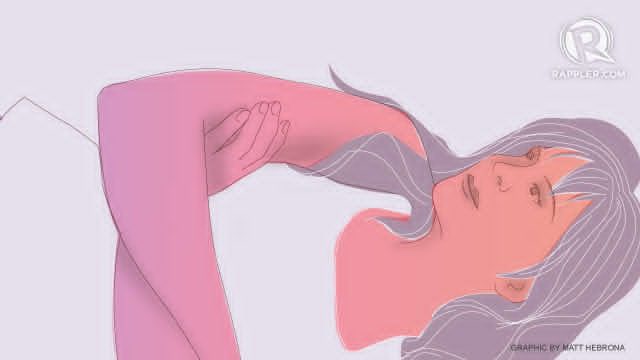
Women and girls may be victims of gender-based violence and discrimination at times of disaster, said Dr Gloria Balboa of the Department of Health’s (DOH) Health Emergency Staff, especially if they have “no permanent voice during decision-making process.”
Those with disabilities are at an even higher risk. (READ: Women, RH, evacuation)
Balboa stressed that sexual and reproductive health (SRH) information and services should be provided to women and men during emergency situations, so as to reduce risks of maternal deaths, transmission of sexually-transmitted diseases, sexual violence, and unplanned pregnancies.
With or without disasters, however, Filipino women with disabilities experience difficulties in maintaining their SRH, according to a research project funded by the Australian government and UNFPA Philippines.
The project is called W-DARE, short for “women with disability taking action on SRH.” In 2015, the project found that some SRH service providers held “negative attitudes” towards women with disabilities.
“They [doctors] would ask me why I got myself pregnant when I’m like this.” – Woman with mobility impairment
“He [doctor] spread my legs to check if maybe I have an infection. Then the doctor took pictures of my private parts.” – Young deaf woman
Meanwhile, SRH services remained “physically inaccesible” for women with mobility impairments. For example, they could not access services located on the 5th floor of hospitals, or because doors were too narrow.
Some hospitals also lacked sign langauge interpreters who could explain SRH to deaf women.
“A gender and disability inclusive primary health center, that is what we want to develop,” Dr Jesusa Marco of the De La Salle University, one of the project’s researchers, said.
Post-disasters, the SRH needs of women with disabilities – especially those from poor communities – are not always prioritized. This is despite the DOH’s existing program on SRH during crisis situations, which distributes “hygiene and SRH kits” to affected communities.
Women with disabilities prove that discrimination exists in multiple layers.
“Disability is a cross-cutting issue,” said Reyes-Zubiaga. “As a policy monitoring body, what we (NCDA) can really do is to include disability with the national plan of action.” – Rappler.com
Woman in wheelchair image from ShutterStock
Got stories to tell? Share your ideas or articles on women, gender, and development with move.ph@rappler.com. Speak up on #GenderIssues!
Add a comment
How does this make you feel?

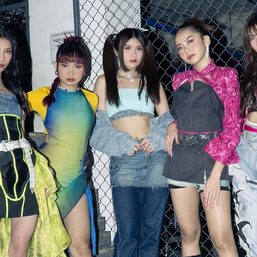


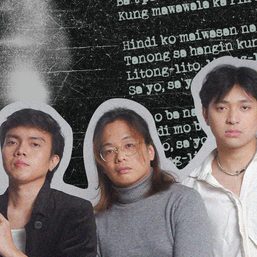
There are no comments yet. Add your comment to start the conversation.